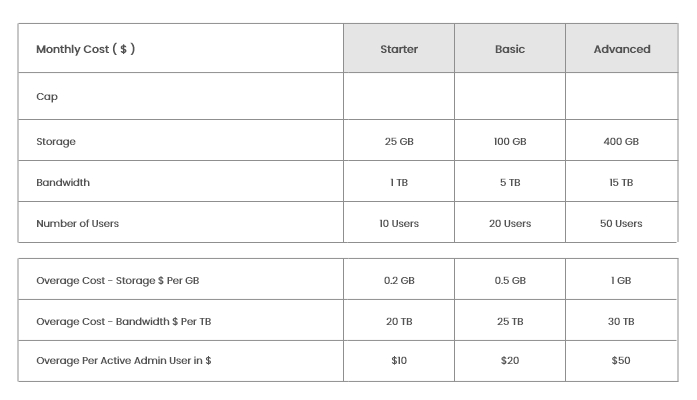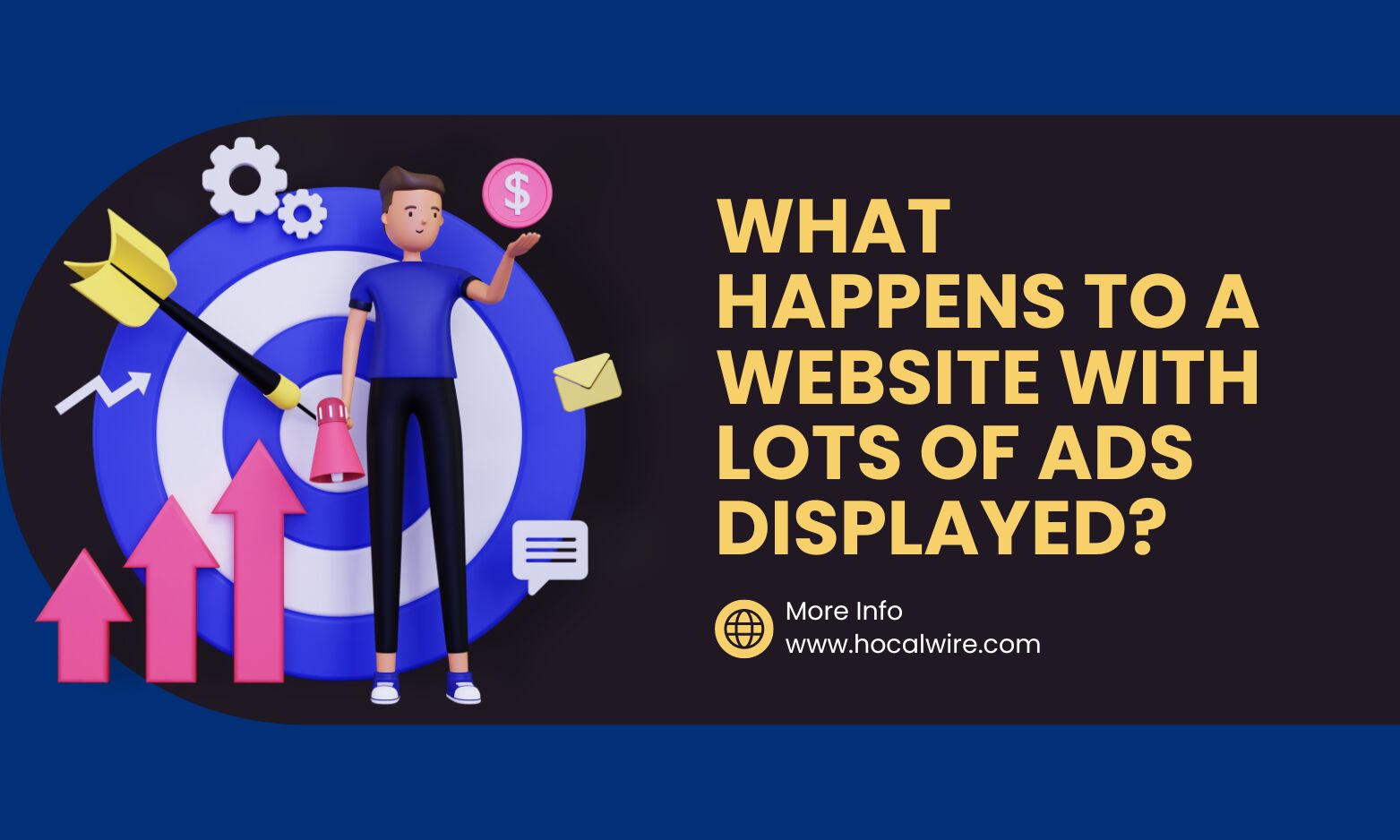



How Ads Impact Website Performance and User Satisfaction
- Decoding Advertising on News Websites
- 1) Why would you put advertising on your website?
- 2) Are websites with lots of Ads problematic?
- 3) What might happen to websites that have a lot of advertisements?
- 4) What are some Ad aspects that can harm the user experience?
- 5) Balancing advertisements and user experience.
A website with lots of ads displayed may experience several consequences, both positive and negative, depending on how the ads are implemented and the user experience they provide. Here are some potential outcomes.
There are too many tile ads, floating auto-play videos, and banners at the top and bottom of the screen. I understand publishers are desperate for revenue but it makes sites unusable. It’s no secret that most websites make their money through advertising. In actuality, advertising is a fantastic strategy for website owners to create endless passive money that aids in paying for their operating costs.
However, a website with a lot of adverts shown may negatively impact the company that hosts it, causing a loss of revenue or reputation. In-depth discussions of what happens to websites with a lot of advertisements and how they detract from the user experience are covered in this article. For additional information, continue reading.
Why would you put advertising on your website?
website owners face the constant challenge of balancing user experience and revenue generation. One of the most prevalent methods to monetize online content is through advertising. While critics argue that excessive ads can hinder user satisfaction, a strategic and well-thought-out approach to advertising can offer numerous benefits to website owners. In this blog post.
Monetizing Your Hard Work: Turning Content into Cash
Content creation demands time, effort, and expertise. Advertising allows you to monetize the valuable content you produce, allowing you to focus on what you do best—creating engaging and informative content.
Revenue Generation: The Financial Engine
Whether you're a small blogger or a large media outlet, ads provide a consistent stream of income that can be vital for sustaining and growing your online presence. Advertisers pay for space on your website, turning your platform into a revenue-generating machine.
Are websites with lots of ads problematic?
Websites with lots of ads can potentially pose problems, and the impact largely depends on how the ads are implemented and the overall user experience they create. While some advertisements on a website are perfectly appropriate (and even expected), businesses and website owners who oversell space on their pages to advertisers risk degrading the user experience for individuals who visit their site.
What might happen to websites that have a lot of advertisements?
Websites that have a lot of advertisements may experience various consequences, both positive and negative. The impact depends on factors such as the type of ads, their placement, relevance, and the overall user experience. Here are some potential outcomes:
1. Positive Outcomes
- Revenue Generation: The primary reason for including ads on a website is revenue. More ads can lead to increased income through clicks, impressions, or other advertising models.
- Monetization: Websites can monetize their content effectively by partnering with advertisers. This income can support the maintenance and growth of the website.
- Diversification of Income: Advertisements offer a way to diversify income streams, reducing reliance on a single source of revenue. This diversification can provide financial stability, especially during economic fluctuations.
2. Negative Outcomes
- Poor User Experience: Too many ads can negatively impact the user experience, leading to frustration and annoyance. Intrusive ads, such as pop-ups or auto-play videos, may deter visitors and contribute to a higher bounce rate.
- Ad Blocker Usage: Users dissatisfied with the ad experience may resort to using ad blockers, resulting in lost revenue for the website as blocked ads do not contribute to income.
- Slow Page Load Times: Numerous ads can contribute to longer page load times, affecting overall site performance. Slow-loading pages may lead to increased bounce rates as users abandon the site.
What are some ad aspects that can harm the user experience?
Several ad elements, if implemented poorly or excessively, can significantly degrade the user experience on a website. Website owners and advertisers need to be mindful of these elements to maintain a positive user experience. Here are some ad elements that can negatively impact user satisfaction:
1. Pop-Up Ads
- Intrusiveness: Pop-up ads that appear suddenly and cover the main content can be highly intrusive, disrupting the user's browsing experience.
2. Auto-Play Videos with Sound
- Disruption: Auto-play videos with sound can be disruptive and annoying, especially if users are not expecting them. This can lead to a negative impression of the website.
3. Interstitial Ads
- Full-Screen Overlays: Interstitial ads that take up the entire screen before allowing access to the desired content can frustrate users and result in a poor user experience.
4. Too Many Ads on a Page
- Overwhelming Content: An excessive number of ads on a single page can overwhelm users and make it challenging for them to focus on the main content. This can contribute to a cluttered and confusing layout.
5. Slow-Loading Ads
- Delayed Page Load Times:** Ads that take a long time to load can contribute to slow page load times, negatively impacting the overall performance of the website and frustrating users.
Balancing advertisements and user experience.
Balancing ads and user experience is crucial for maintaining a positive and engaging online environment. While ads are a primary source of revenue for many websites, it's essential to ensure that they don't compromise the overall satisfaction of users. Here are some strategies for achieving a balance between ads and user experience:
1. Strategic Ad Placement
- Above the Fold: Place a limited number of ads above the fold (the part of the webpage visible without scrolling). This ensures that users see ads without being overwhelmed, and it encourages engagement.
- Integrated Within Content: Integrate ads seamlessly within the content flow rather than disrupting it. Native ads that match the look and feel of the website can be less intrusive and provide a better user experience.
- Consider User Flow: Understand the typical user flow on your website and strategically place ads where they won't interfere with crucial actions or content consumption.
2. Limit the Number of Ads
- Balance Between Content and Ads: Ensure that the ratio of content to ads is reasonable. Users should easily find the information they seek without being bombarded by advertisements.
3. Optimize Ad Formats
- Non-Intrusive Formats: Choose ad formats that are non-intrusive, such as banner ads, sponsored content, or native ads. Avoid pop-ups, interstitials, or auto-play videos with sound, as they can be disruptive.
- Responsive Design: Ensure that ads are optimized for various devices and screen sizes, especially on mobile devices. Responsive design helps maintain a consistent and user-friendly experience across platforms.
4. Page Load Optimization
- Optimize Ad Loading: Implement lazy loading for ads to ensure that they load only when they come into the user's viewport. This helps improve page load times and prevents unnecessary delays.
- Monitor Performance: Regularly monitor the performance of ads to identify any that might contribute to slow page load times. Optimize or remove underperforming ads to enhance the website's overall speed.
5. Transparency and Compliance
- Ad Disclosure: Clearly disclose when content is sponsored or contains affiliate links. Transparency builds trust with users and enhances the credibility of the website.
Conclusion
Ads can still be a valuable source of cash. Many websites do an excellent job of combining advertisements while maintaining a nice user experience. The essential message is that you must exercise caution, consider your consumers, and do not just focus your website on generating ad money. That is not why users have contacted you in the first place.
If you're searching for an enterprise-grade content management system, these are significant value adds. To learn more, Get a Free Demo of Hocalwire CMS.

